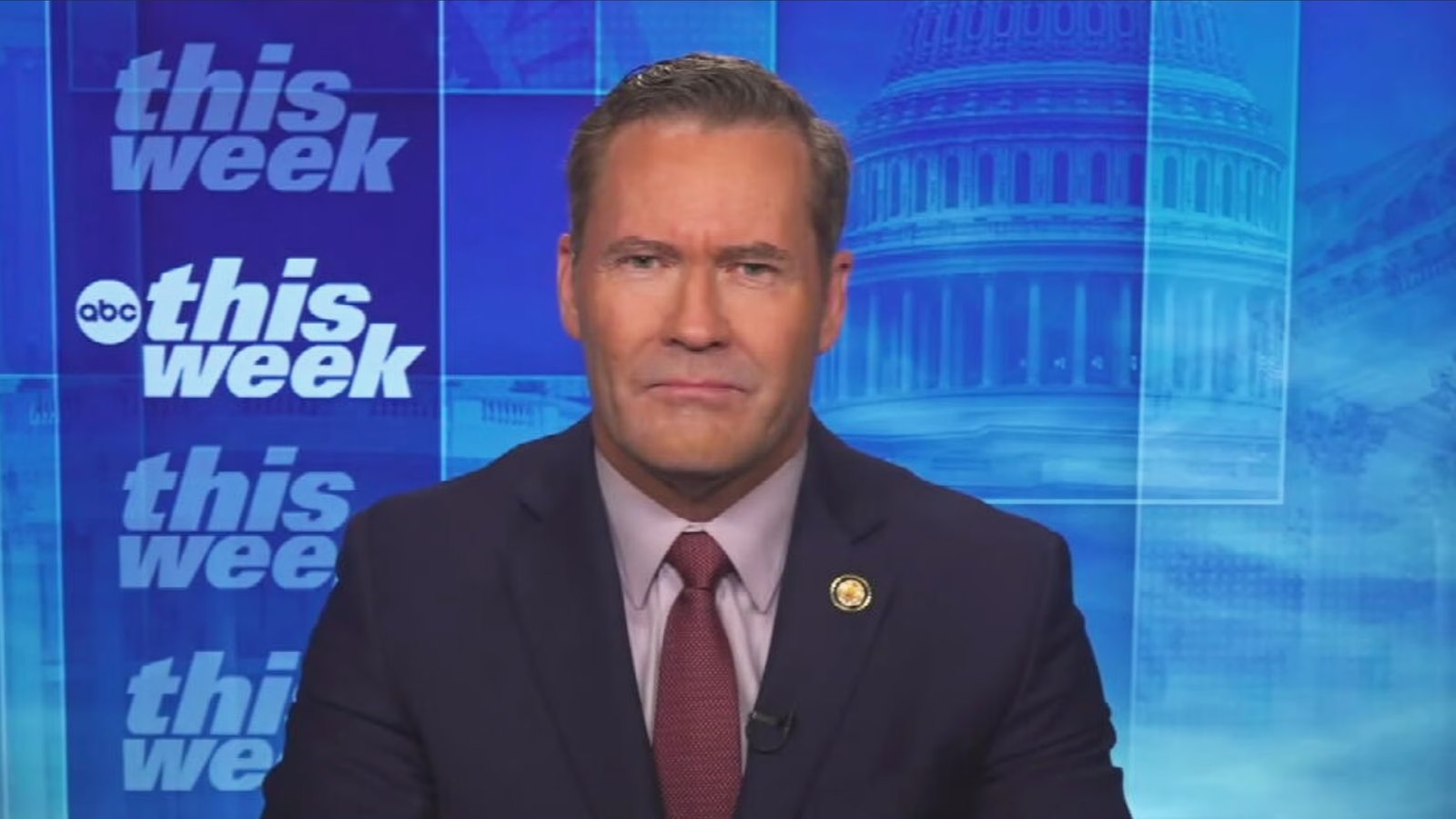California wildfires,When you think of California, picturesque beaches and Hollywood glitz might come to mind. But for many residents, especially those in fire-prone areas, wildfires are a grim reality. Beyond the immediate devastation to lives and property, these infernos are also wreaking havoc on California's insurance market. Let’s dive into how this escalating crisis is affecting homeowners, renters, and the insurance industry at large.
The Human Toll: Stories of Loss and Resilience
Take Kwynn Perry, for example. After the Eaton Fire, she returned to what used to be her home. Instead of walls and memories, she found nothing but ashes and rubble. “This was our bedroom,” she shared, pointing to the charred remains of what was once an antique bed. Her family, who rented the property, always had renter’s insurance to safeguard against such tragedies. That is, until last year, when insurers began refusing to cover renters in high-risk areas. Left with no options, they turned to FEMA and a GoFundMe campaign for help.
The Role of Technology: A Double-Edged Sword
Insurance companies are now using advanced computer models and artificial intelligence to assess risks in fire-prone areas. While this technology is sophisticated, its outcomes have been chilling for residents. In areas like Pacific Palisades and Altadena, many companies have stopped offering new policies altogether. Janet Ruiz, a representative from the Insurance Information Institute, explained that these decisions are necessary to ensure companies can cover claims during catastrophic events, such as the devastating Los Angeles wildfires.
The Financial Fallout of Wildfires
Wildfires are not just a human tragedy; they’re an economic one too. Insured losses from the recent fires are estimated at over $20 billion. California law mandates that insurance companies maintain enough reserves to pay claims, even during catastrophic events. According to Dave Jones, a former California Insurance Commissioner, this means many insurers won’t go bankrupt. However, their profits will take a significant hit, and homeowners might end up footing part of the bill.
Turning to the FAIR Plan: The Last Resort
With mainstream insurers pulling out of high-risk areas, many homeowners have turned to California’s FAIR Plan. Often seen as the insurer of last resort, this state-created and industry-funded plan is designed to provide basic coverage. But here’s the catch: if the FAIR Plan runs out of money, it can impose a special assessment on all home insurance policyholders statewide. For residents in places like Pacific Palisades, where many homes are already under this plan, this could mean higher costs down the line.
Rising Rates: The Cost of Living in Paradise
New regulations in California now allow insurance companies to use risk-based models to justify rate hikes. These tools were previously prohibited, but the growing frequency and severity of wildfires have changed the game. Dave Jones noted that rates were already set to increase before the latest wildfires. Now, the industry is pushing for even steeper hikes to account for heightened risks.
Protecting Policyholders: A New Moratorium
In response to the crisis, California’s Insurance Commissioner issued a moratorium last week. This temporary measure prevents companies from canceling or non-renewing policies in wildfire-affected areas. While this provides some relief for homeowners, it doesn’t solve the underlying issue of skyrocketing insurance costs and diminishing options.

The Broader Impact: Businesses and Communities
It’s not just homeowners feeling the squeeze. Small business owners like Perry Bennett are also struggling. Bennett owns the building that housed the Little Red Hen, a beloved coffee shop now reduced to ashes. “Getting insurance was tough before,” he said. “Now, rebuilding feels almost impossible.” For businesses trying to recover, the lack of affordable insurance is a major roadblock.
A Worrying Trend: Dropping Coverage
Amy Bach, from the consumer group United Policyholders, highlighted another alarming trend. As insurance premiums climb, some residents are opting out entirely. This is especially true for lower-income homeowners who might have inherited properties but can’t keep up with rising costs. “They’re priced out,” Bach said. “Some people are living without any coverage at all.”
The Domino Effect: What Lies Ahead?
The long-term implications of California’s wildfire crisis are daunting. As insurers retreat and costs rise, fewer people will be able to afford coverage, leaving them vulnerable to financial ruin. This, in turn, could destabilize the housing market and create even greater economic disparities.
Finding Solutions: A Collaborative Effort
Addressing this crisis will require cooperation between government, insurers, and residents. From creating more robust wildfire prevention strategies to exploring innovative insurance solutions, everyone has a role to play. Encouraging transparency and fostering trust between all parties is crucial to building a more resilient system.
Read More News: latest current affairs news 2024
Conclusion
California wildfires crisis is more than just a natural disaster; it’s a test of resilience for its residents, businesses, and insurance market. While the path forward is fraught with challenges, it’s also an opportunity to rethink how we approach risk and recovery. By working together, Californians can weather the storm and rebuild stronger than ever.
Other Popular News Post:
Controls Tata Sons | Obama Lecture to Black Men | Baba Siddique | President’s Rule | Lawrence Bishnoi | Maharashtra and Jharkhand Elections | Cabinet Jammu and Kashmir | Nayab Singh Haryana CM | India-Canada Relations | Hamas Leader Yahya Sinwar | Live Debate | Haryana Election Results 2024 | Jammu and Kashmir Elections | Rahul Gandhi | Ratan Tata Legacy | Jammu and Kashmir
Explore other popular Posts:
Blog | News | Entertainment | Education | Sports |
Technology | Cryptocurrency | Stock | Home | Sitemap





